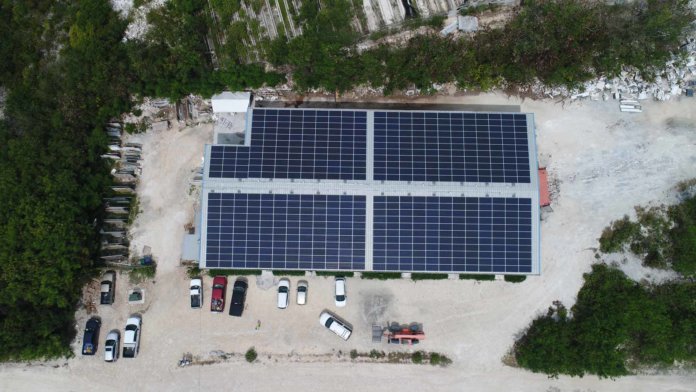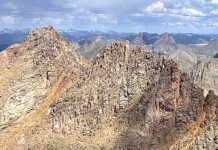Rocky Mountain Institute (RMI), an independent nonprofit, and the Clinton Foundation say they have released a report, Solar Under Storm II, focusing on best practices for installing climate-resistant rooftop solar in high-wind regions.
A sequel to Solar Under Storm, published in 2018, this latest report offers a new analysis of rooftop solar survivability from the Caribbean during extreme weather events and hurricane-force winds. The report is available at no cost to researchers, solar installers, policymakers and the general public to help spread best practices for solar installations.
“The first Solar Under Storm was one of RMI’s most popular reports in 2018. It provides a set of best practices for ground-mounted solar projects in high wind zone,” says Chris Burgess, RMI’s project director for the Islands Energy Program. “The report was adopted into the Eastern Caribbean Building Code and is used to inform technical requirements for utility-scale projects across the Caribbean.”
Solar Under Storm II is a follow-up, focused on the resilience of roof-mounted solar. The report was written in collaboration with the Clinton Foundation, FCX Solar and several solar professionals from Puerto Rico, the U.S. Virgin Islands, the British Virgin Islands, the Bahamas and Turks & Caicos Islands.
“Rooftop solar is a critical energy asset that is experiencing tremendous growth globally. Solar is the number one source of electricity for many island nations, so it is important to understand how to secure these assets from major storms,” adds Burgess.
The report shows that rooftop solar survival in the face of major hurricanes and cyclones is achievable and lists a number of technical considerations and recommendations for system specifications in future projects in hurricane-prone areas.
The Clinton Climate Initiative (CCI) collaborates with governments and partner organizations to increase the resilience of communities facing climate change while reducing greenhouse gas emissions. Since 2012, CCI has worked in over 15 island nations, assisting in developing more than 70 MW of clean energy projects and bringing in more than $125 million in project investment.
The Solar Under Storm II report can be viewed here.
Photo: The solar array on Atlantic Stone’s roof on Providenciales, Turks & Caicos, survived Hurricanes Irma and Maria in 2017




